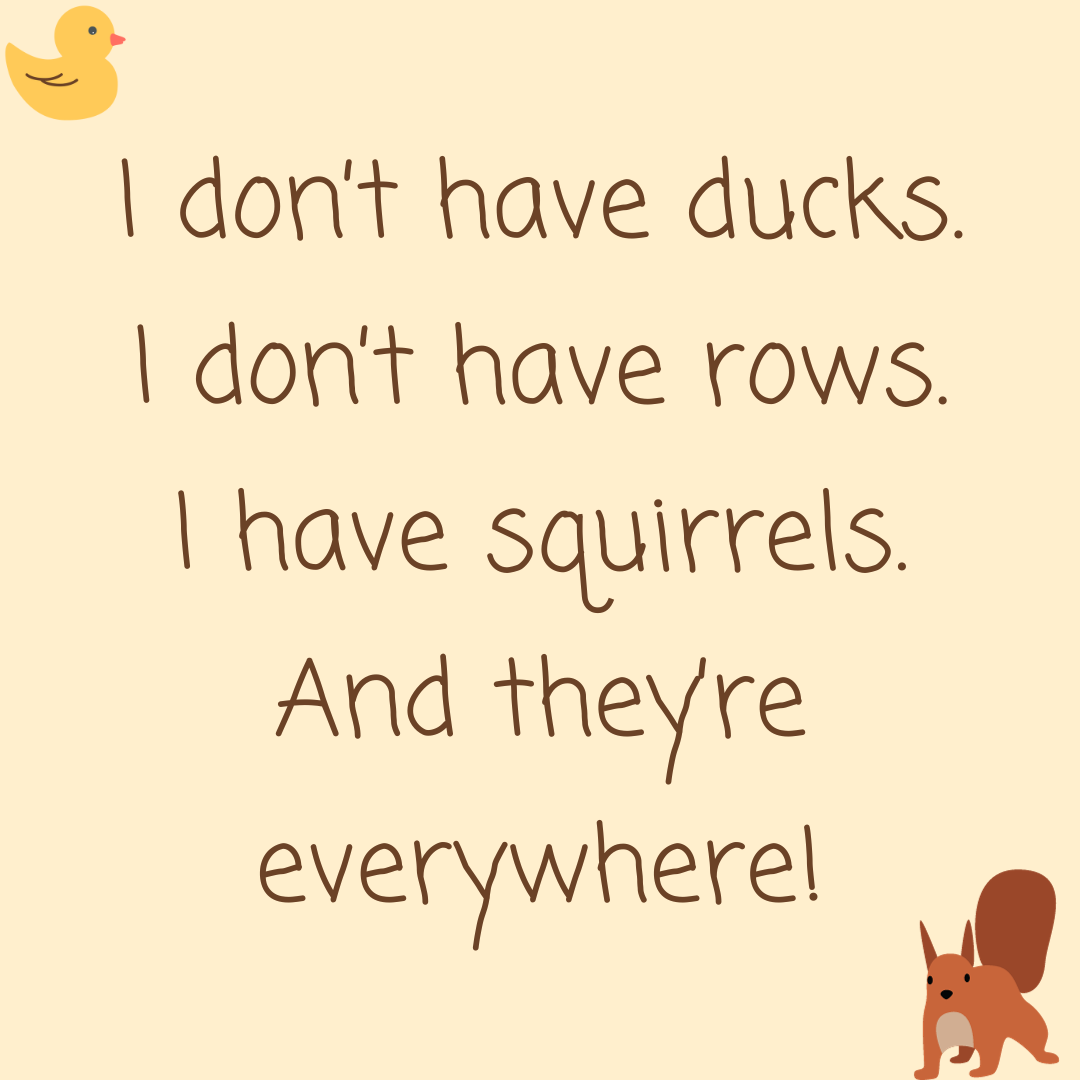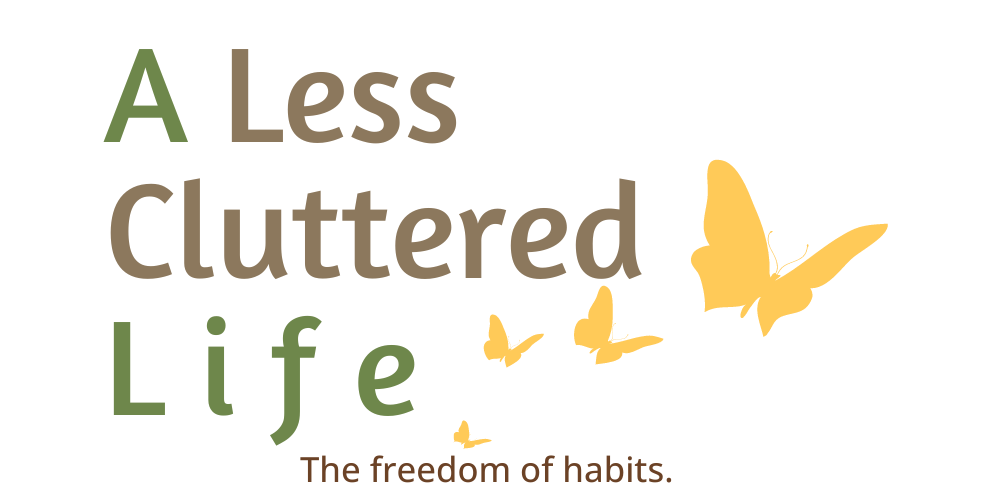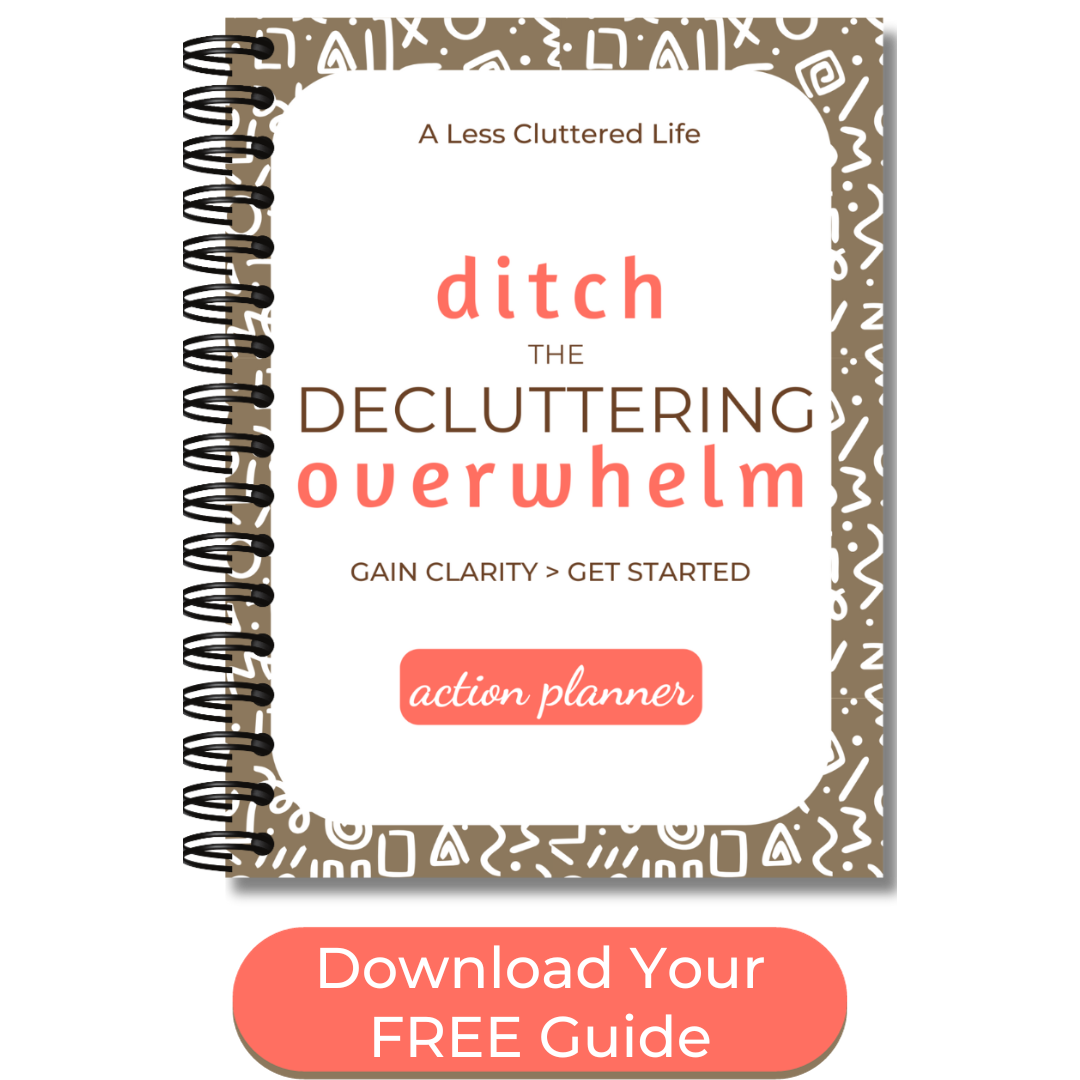|
by Susan McCarthy Organizing your home is about making your life easier. If you have traits of ADHD (and even if you don't), you want to be able to find what you need when you need it and to put things away with ease, so they don't get misplaced. Organizing your home has nothing to do with decanting your pasta into Mason jars, setting up a closet system, or buying a wall of shelving units and bins for all the stuff you want out of the way. This ultimate guide to organizing your home describes the concepts that you can adapt for any room or category of items you own. Whether you’re a woman with traits of ADHD, or not, you want to know how you can organize your stuff as opposed to reading detailed directions for how someone else organized their stuff in their home. There’re no organizing as interior design tips here. I think a practical and clutter-free home looks pretty. The simpler the system, the likelier you are to set it up and, most important, maintain it. Here’s to getting organized. Your History with Trying to Get OrganizedChances that as a child and young adult you spent more time being taught how to organize facts in a paper for school than learning how to organize your room. And, speaking of your room, how many times did you get sent there to clean up the mess? Chances are that you emptied your closet or dumped out the contents of a drawer or two and ended up overwhelmed because you had no clue what to do with all the stuff. When you realized that your adult-given deadline was close, you shoved everything (and more) back into your closets, drawers, and beneath your furniture. Things looked neat until you had to find something, and the mess returned faster than you could say, “Where did I put my_____?” Now, as an adult woman with traits of ADHD, things might not be much better. You’re often late because you can’t find something that you need. And things only ever get “organized” when you have company coming for a visit. And you may still be wondering, “What am I supposed to do if I want to get organized?” It's Not Your Fault that You Don't Know How to OrganizeYou could have had an organized parent who felt it was easier to just declutter and put things away without involving anyone else in the house. Your stuff was magically tidy…until you were on your own and had no clue what to do. Maybe your parents weren’t organized. They hid things away when they were having visitors which is why you do the same thing. Or they were like my parents who bought more and more boxes and bins to store all the things they would never consider getting rid of (even though they couldn’t remember…let alone find and use…everything they had stored). What Does It Mean to Be Organized?At some point in your life, you’ve probably heard the saying, “A place for everything and everything in its place.” And while this sums up the basic principles of organizing, it doesn’t exactly explain how you’re supposed to know where things belong. I like to say that organizing is all about retrieving and returning your possessions. You want to be able to find what you need when you need it. And it should be even easier to put the items away when you’re done so you can find them the next time you need them. When things don’t get put away, they create a cluttered environment and add stress because you’ll struggle to find misplaced items. So, to become organized, you need to -
That sounds simple, but you may already have thoughts pushing back at those two concepts. Why Your Stuff Isn't OrganizedIf you have traits of ADHD, you may impulsively set something down with the thought that you’ll put it away later. If you have a poor working memory, you might not register where you set an item and you’ll have difficulty recalling where you left it. And when you do go to organize an area in your home, you don’t plan enough time for the task and so you end up being left with a bigger mess than when you started. You may be concerned that ‘out of sight’ means ‘out of mind.’ If you put something away, won’t you forget it exists? And if there is a task related to an item, you may leave it out in the open as a visual reminder. Only, after a while, you then no longer notice it sitting there. And, of course, there’s always the fear that if you put something away, you won’t remember where you put it. I went to the extreme of always organizing my stuff because I was trying to store too much stuff in too little space. Any time I used something I ended up creating a mess as I pulled what I wanted from where it was wedged. The techniques you’ve been using don’t work for you. You know this because your home is in disorder. How to Organize Your HomeThe following concepts show you how you create order. It isn’t easy. Let’s be honest. You can’t transform your home in a weekend. You are changing a lifetime of habits and you’ll need to build new habits. You’ll decide where things belong. And then you’ll practice putting them away. You can only do this one item at a time. However, as you choose where to store something then you’ll know where similar items belong. The process will get easier. Note: When organizing, focus on one drawer, shelf, or small surface at a time. Avoid pulling everything out of a closet or dresser or every kitchen cabinet at once. If you have traits of ADHD (and even if you don’t), a big pile of stuff can be very intimidating and overwhelming. And if you struggle with time management, you might not leave enough time to finish your project and you’ll end with more disorder than you started. One. Group Items Together.When you empty a drawer or other Little Space, you want to sort the items and create groups of stuff. You can start by grouping similar items together. In the kitchen, this means sorting dinner plates, soup bowls, and mugs into different groups. How specific should these groups be? Think about the function of the items. For example, you wouldn’t use a salad or dessert plate when serving dinner, which means that small plate, while a plate, doesn’t go in the same group as dinner plates. When it comes to clothing, pants aren’t interchangeable with tops. And pants could be divided into smaller groups – dress pants, jeans, leggings, capris, shorts – all bottoms worn for different activities. Note that there is no right or wrong way to group items. Do what makes sense to you. If you’re organizing things that other people will be using, you can check to make certain they can understand your groupings. Another consideration for grouping items is to consider how items get used together. For example, you use scissors and transparent tape as well as gift wrap when wrapping presents. You could keep an extra pair of scissors, a pen, and a roll of tape with your wrapping paper. Or you could keep your rolls of wrapping paper with office supplies because you use them with the gift wrap. When it comes to hobby supplies, you could choose to group items that get used together. Once you group items by their similarities or by how they get used together, beware of breaking down the groups into smaller and smaller subgroups. (I always must catch myself from doing this.) When in doubt, think about function. Do you need a pen, or do you need a pen with blue ink? Over-organizing can make it more of a hassle to put things away, which, again, can discourage you from taking this necessary step. Two. Store Items Where You Use Them.Whenever possible, try to store things close to where you use them. This makes it both easier to retrieve the item when you need it but also simpler to put it away. You may have difficulty deciding if something is stored in an inconvenient location if that’s where you’ve always stored it. One telling point is if you need to go into another room to get something you need. Or if things that get used together are stored in separate locations. Let’s say you keep your cookie sheets on a shelf in the laundry room because, well, you’re not certain. They ended up in that spot when you unpacked from your move. But you use those pans all the time for baking rolls and roasting vegetables (not to mention the occasional session of cookie baking). Sometimes, the pans get left on the kitchen table for a week…until you need them again. And more than once, you’ve thought, “Why put them away, I’m just going to need them again.” But you also dislike them cluttering your table. These items are candidates for a new home…one closer to where the items are used. Items that are used once a month or even once a year can get stored in more inconvenient locations like the highest or lowest shelves in your kitchen cabinets or closets. Seasonal decorations, clothing, and recreational equipment can get stored in the attic, basement, or garage because those are out of the way locations…perfect homes for things used for a quarter or half of a year. As you use items around your home, start to become aware of how many steps you need to take to get to something. Consider how you can move things, so they are more convenient to where they get used. Three. Name the Space Where You Store a Group of ItemsNow that you have sorted items into groups of similar or connected objects and you know where you use an item (or group of items), it’s time to name the space – “sock drawer,” “mug shelf,” “mystery novel shelf.” Why? Because this is how you find things. Think about stores…each aisle has a theme, items that you’d expect to find together. You have the breakfast cereal aisle or the baby care aisle or the cleaning supplies aisle. It’s because like items are presented together that you can navigate the store without spending the day in scavenger hunt mode. Naming a space does more than just save you time when you go looking for something (although that alone is awesome). It tells you what does or doesn’t belong in a spot, so you are less likely to misplace items. Giving a shelf or drawer a name can be a mental note. Or you can literally label the space. (You can do this in a hidden way by labeling the edge of the shelf inside the cabinet. You could also label the flat of a shelf or the inside edge of a drawer.) This doesn’t mean that you need to name and label every small space. Instead, you name a drawer, “kitchen gadgets” and then keep them all there. Naming a space also makes it easier for others in your home to find and put things away. Without clear order, it becomes too convenient for someone to say they didn’t know where something belongs. Or that they didn’t want to put something away “the wrong way.” Things get left out, waiting for you to put them away. Declaring a space’s purpose also creates necessary limits. If you have a shelf for mugs but three mugs don’t fit on that shelf you eliminate three mugs. What? No overflow parking for your stuff? No. Mugs don’t belong on your dish shelf. If you want to pour a cup of tea, you aren’t going to think about going to your dish shelf. I know this sounds harsh, limiting the items you can own by the space you have available. But this helps you keep clutter away. Crowding a space with as many items as you can fit isn’t organized. And if you don’t know where to look for something then you can’t find what you need quickly and with ease. And if you don’t know where something belongs, the chances of putting something away where you’ll go looking for it when you need it also reduces. Storing something in a random spot requires you to remember where you put it. This is a major roadblock to finding and using your possessions. If you’re thinking that naming (and perhaps labeling) the spaces where you store things in your home is being a fussy neatnik, consider how not using this technique has been affecting the organization in your home. Divide a Space. Maybe you have half a drawer of leggings and half a drawer of socks. This is a case where a drawer divider or setting a bin in the drawer for your socks can help. Yes, the drawer is still holding two distinctly different types of items, but the divider makes clear, “This is your dance space, and this is my dance space.” Four. Focus on Making It Easy to Return Things to Their Spot.You can’t return something to where it belongs unless you first know where you’ve decided to store it. Again, this goes back to thinking of the use for every shelf, drawer, and storage spot in your home. Once you know where something belongs, you want it to be easy to put things there. This ease gives you the incentive to put something away rather than to put it down. The way to create this ease is to remove any roadblocks. One roadblock may be that you have too much stuff in a space so there is no room to put away the item that’s in your hand. The solution here is to declutter and remove the things that you don’t, won’t, and can’t use or display. Eliminating those items gives you space for the things that you do use, display, and enjoy. Not only do you want enough space to put things away, but you also want to avoid the need to shift items out of the way. If you store a serving bowl at the bottom of a pile of soup bowls, then you need to move the soup bowls to set the serving bowl in place…and then return the soup bowls to their spot. If you’re feeling rushed, you won’t want to take those extra steps. That serving bowl may get left out on the counter. Or it gets put in another cabinet where you find a bit more space…only you later forget where you put it during an impulsive moment and end up wasting time trying to find it. Another roadblock can be the lid to a storage bin…it seems simpler to set the item on top of the bin rather than in the bin. (Simple solution…take off the lid if you go in this bin all the time. I thought my file box looked neater when I kept the lid on but then I kept dropping items on the lid. Then it was too difficult to put things in the bin.) If you dislike opening and closing drawers, would it be easier to put things away if you had open-front bins set on shelves? Things would be accessible, out in the open, and easy to put away. Five. Use Color to Help You Organize.If you’re a visual person, color coding can help you find items. The colors can prompt your memory as to where to look for something. Chances are that if you naturally gravitate toward using color then deepening this practice will help you stay organized. For example, you might highlight certain types of appointments in your calendar with certain colors so you can identify different events at a glance. Or you might keep paperwork related to money in green folders. Maybe you store Christmas decorations in red and green bins in the attic. Out of season clothing goes in gray bins. While you can rely on labels, for some women, seeing the color of the bin will be the first thing that they notice. To Review: How to OrganizeIf you struggle with disorganization, becoming organized involves a shift in your thoughts as well deciding where and how to store your possessions. There is no quick fix. Buying organizing tools for your closet, cabinets and drawers won’t help if you have too much stuff…and if you don’t know where to store things.
While it’s frustrating to hear that there is no 30-day fix for organizing your home, each action you take moves you closer to living an organized life. No more being late because you can’t find something that you need. No more stress as you tear through the contents of your home. No more snide comments from others. No more negative chatter inside your own skull.
0 Comments
|
Categories
All
Hi, I'm SusanI'm a former teacher who became a professional organizer (and not because I'm a natural-born neatnik). I live with my husband and fluffy cat on a river in Massachusetts. I crochet, make handmade cards, and love reading young adult novels. Learn more about my decluttering journey here. |
|
Copyright 2024 Susan McCarthy - Susan@ALessClutteredLife.com -
Privacy Policies |
Proudly powered by Weebly

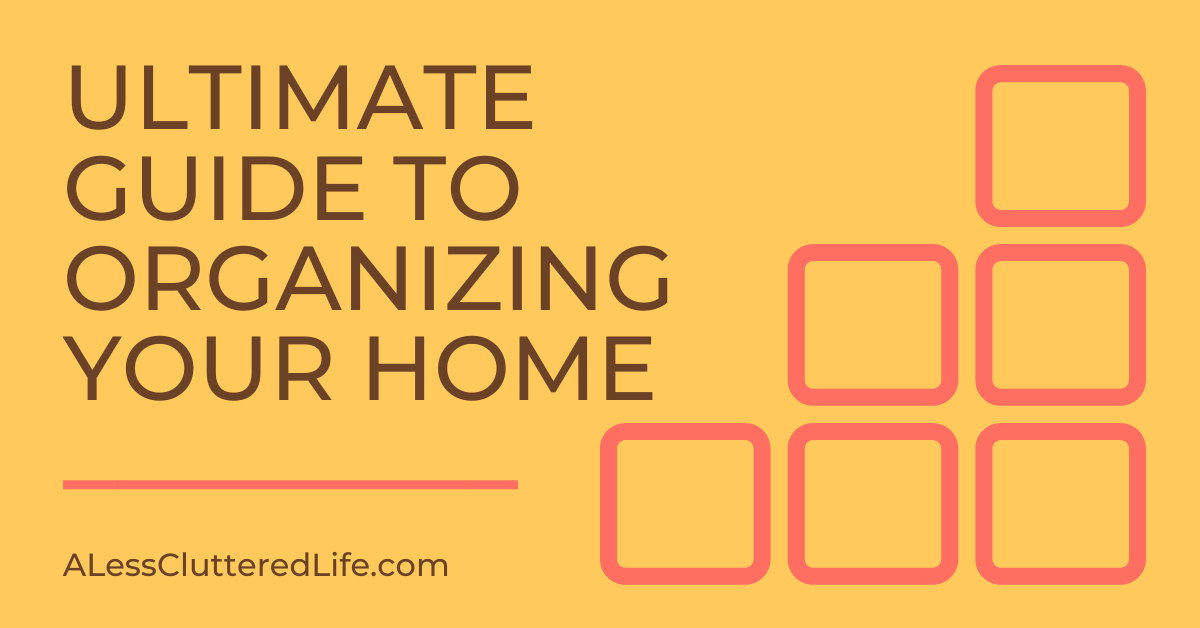
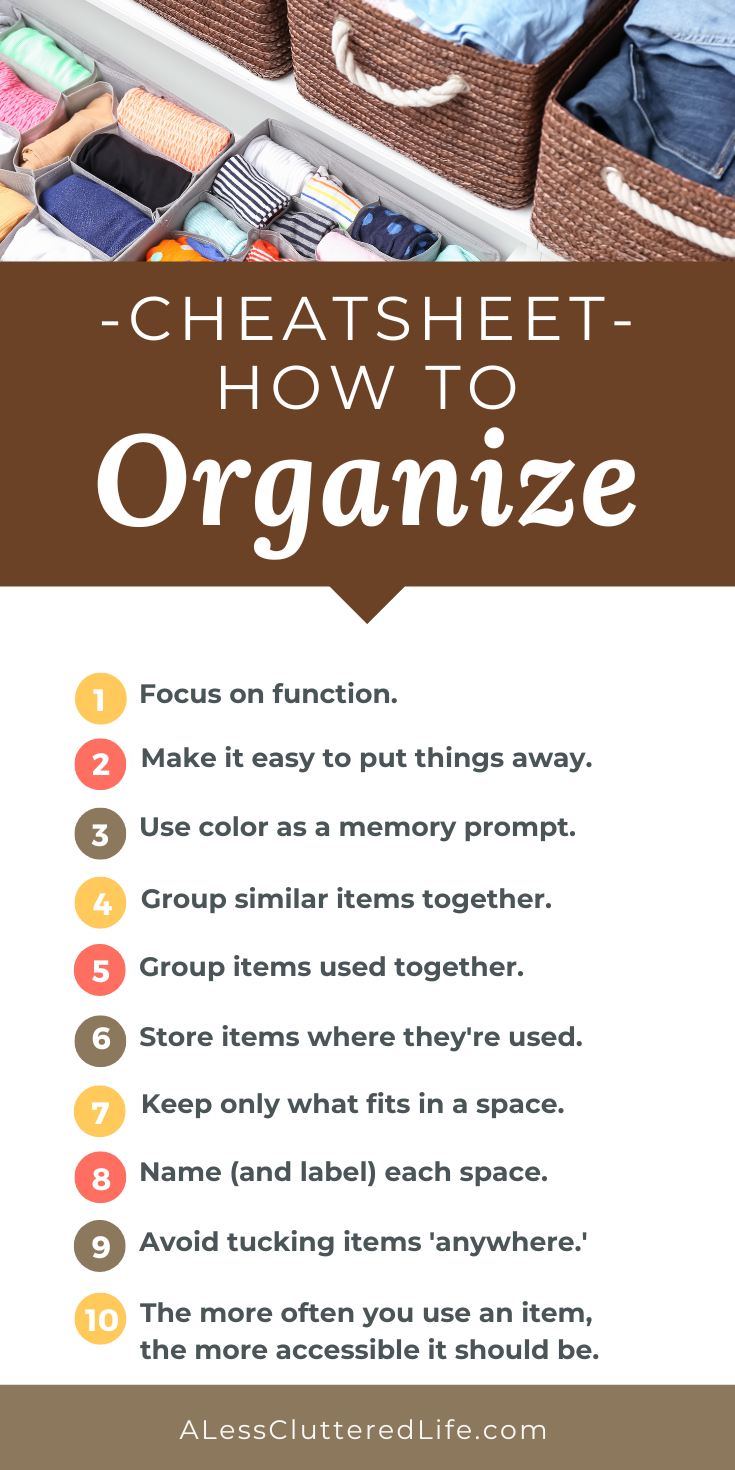
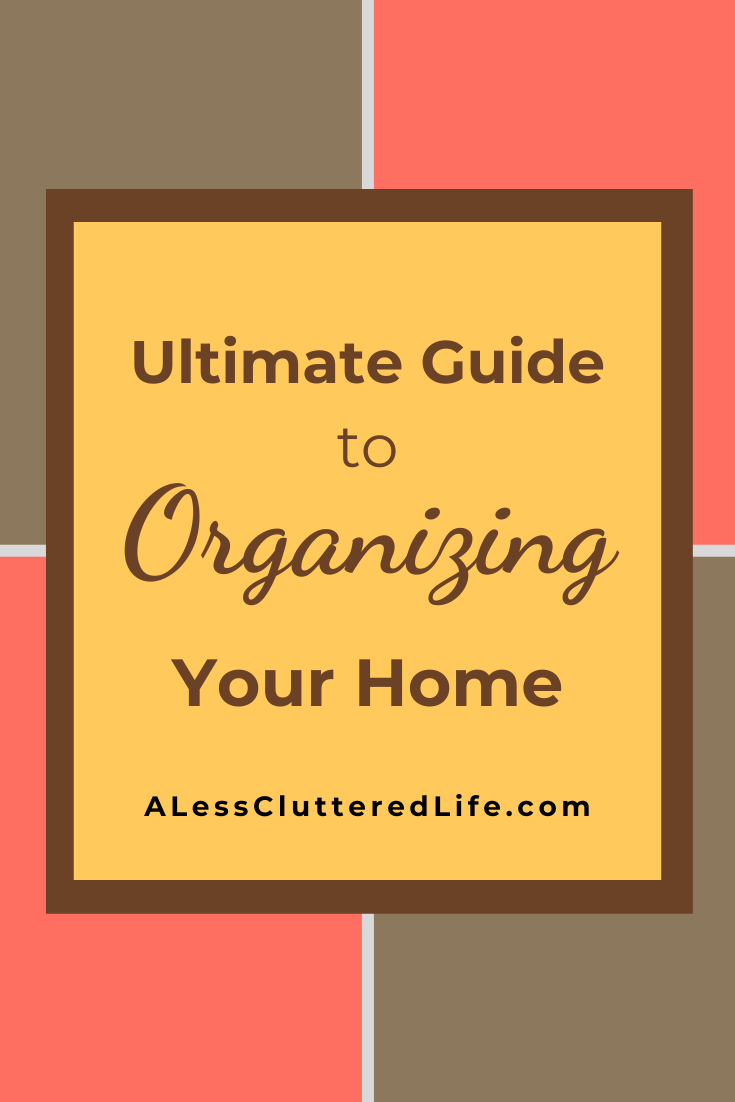
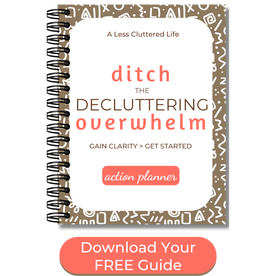

 RSS Feed
RSS Feed
